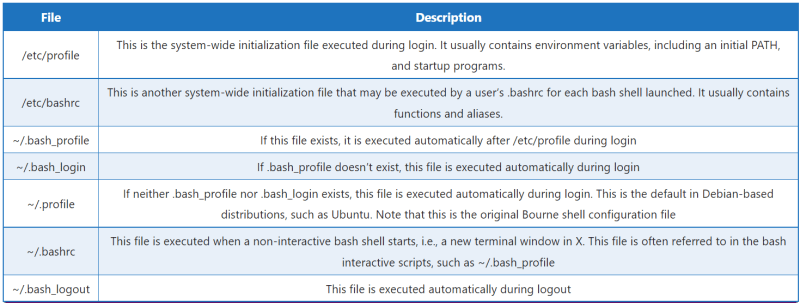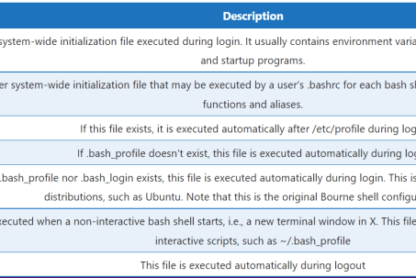In the fast-paced world of web development, delivering high-quality software in a timely manner can make all the difference in staying ahead of the competition. That’s where continuous testing comes in. Continuous testing is an automated approach to testing that helps streamline the testing process, catch errors earlier, and ultimately deliver better software faster. In fact, according to a study by MarketsandMarkets, the continuous testing market is estimated to grow at a rate of around 16% annually from 2018 to 2023, reaching a value of $2.41 billion. This statistic alone highlights the importance of implementing continuous testing in web development to meet the growing demand for top-notch software delivery. In this article, we will explore continuous testing and how it can streamline the testing process in web development.
What Is Continuous Testing?
Continuous testing is an automated approach to testing in web development that involves continuously testing software throughout the development process. This means that tests are run automatically and continuously throughout the development cycle, catching errors and bugs early on and allowing for quick fixes. Continuous testing includes a variety of testing methods, such as unit testing, integration testing, and performance testing, among others. Continuous testing in web development allows developers to ensure high-quality software is delivered on time while also lowering overall testing costs.
What Are the Benefits of Continuous Testing?
Continuous Testing offers several benefits in web development, including:
Early detection of defects: Continuous testing helps to identify defects early in the development cycle, allowing for quicker resolution and reducing the risk of these defects affecting the overall quality of the software.
Increased test coverage: Automated testing allows for a wider range of tests to be executed, covering more scenarios than manual testing alone. This helps to increase the overall test coverage and ensure that all parts of the software are thoroughly tested.
Reduced time and cost: With continuous testing, developers can identify and fix defects earlier in the development process, reducing the overall cost of development and decreasing the time to market for the software.
Improved software quality: Continuous testing ensures that the software meets the highest quality standards and meets customer expectations, resulting in higher customer satisfaction and increased trust in the software.
Better collaboration and communication: Continuous testing encourages better collaboration between developers, testers, and other stakeholders, ensuring that everyone is working towards the same goal of delivering high-quality software.
Continuous Testing is a crucial process for streamlining the testing process in web development, and its benefits are numerous. It helps to catch defects early, increase test coverage, reduce time and cost, improve software quality, and foster better collaboration and communication among development teams.
Real-time Reporting in Continuous Testing
Real-time reporting is a crucial aspect of continuous testing in web development. It allows developers and testers to get immediate feedback on the quality and performance of their software as soon as a change is made. This section will discuss the role of real-time reporting in continuous testing and how it can help streamline the testing process.
The Role of Real-Time Reporting in Continuous Testing
Real-time reporting is crucial for continuous testing, allowing developers and testers to identify and address issues as they arise. It provides immediate feedback on test status, enabling developers to make quick adjustments to ensure software functionality. Real-time reporting also facilitates collaboration between stakeholders, ensuring everyone is aligned on the software status and enabling swift issue resolution.
Moreover, real-time reporting enhances testing process efficiency by prioritizing efforts on critical issues. Developers and testers can focus their efforts on areas that have the most impact on software quality by providing a thorough and up-to-date view of the software status. This helps to deliver high-quality software faster and more efficiently.
Best Practices for Real-Time Reporting in Web Development
Read full article on Agilitest blog. An article by Paula Isabel Signo.





